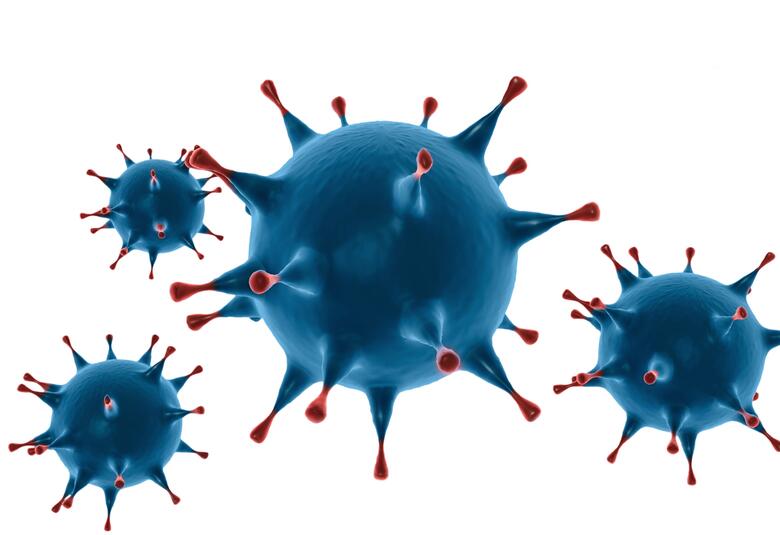You would think that the behaviour of a flock of starlings would have little to do with mental health network modelling, but in his lively and packed plenary at this year’s EPA, Dr Denny Borsboom, University of Amsterdam, The Netherlands, used this analogy to propose a new way professionals should conceptualize mental health ‘disorders’.
And ‘disorders’ is deliberately in inverted commas because Dr Borsboom believes that disorders represent a different stable state in those individuals with vulnerable symptom networks following exposure to external stressors.
Network approach
Networks and their interactions are key features of his research. But what exactly is a ‘network approach’? Currently, it is accepted that a clinical condition such as depression, with presentation of symptoms such as feeling worthless, fatigue and insomnia, has a common cause. That is, the common cause drives the symptoms. In a network approach, the symptoms – the latent variables, as Dr Borsboom called them – influence each other, forming a linked network of related features, which together are recognized as depression. “Until now, we’ve been living the reductionist daydream – trying to pinpoint the exact pathology that can characterize, for example, depression”, he said. “The chance of finding a single pathology is unlikely.”
In a network approach, the symptoms influence each other
An out of balance network
His idea is that it is not a single entity that generates the pathology, but a network of interacting symptoms that has quite simply got itself out of balance. “Think of these networks like ecosystems,” he explained, “or a flock of starlings. Local interactions drive the system as it moves and fluctuates.” And so it is, he believes, the mental illness. What has been lacking, until now, is a methodological toolbox that can describe these networks.
Local interactions drive the systemas it moves and fluctuates
Network models
Using the Ising network approach, it has been possible to model various mental health disorders, including depression. Modelling depression by comparing sets of symptoms associated with depression, while controlling for others, has determined that depressed mood is the most central symptom that drives the depression network. The effects of external factors can also be modelled (the effects of partner loss are largely driven through loneliness) as can treatment efficacy (sleep interventions are related to depression, but through sleep efficacy).
Comorbidities are inevitable
However, what has become apparent from his group’s research is that when DSM-categorized disorders are considered as networks, these don not neatly separate. Their symptoms form apparent islands within the symptom network - but islands that are interconnected. This suggests two things: (1) symptoms will generate other symptoms and (2) comorbidities will likely always be present as they are part and parcel of the network.
Symptoms will generate other symptoms and comorbidities are part and parcel of the network
Network theory or practice?
One novel consideration is that statistical network models are not theoretical entities – they have the potential to inform about psychiatric symptoms and to simulate how disorders arise and how networks develop and change with exposure to external stressors. Strongly connected networks are more likely to trigger symptomatic responses than those that are poorly connected. And vulnerability and resilience also have a part to play.
Dr Borsboom outlined a scenario, where the original stable state would be maintained following exposure and removal of external stressors in a resilient person while, in a vulnerable individual, a tipping point would be reached where, even after removal of the external stressor, a new stable state – one associated with a mental illness – would be generated. “It is not disease in the brain,” he explained, “It means that you are stuck in the wrong stable state for your symptom network.”
It’s not disease in the brain – you are stuck in the wrong stable state for your symptom network
Sweet spot
The implication of this work is enormous. Network models offer new approaches for studying old problems, and also generate novel hypotheses. By interfering with or modifying the strength of the interactions between symptoms, disease states may be ameliorated or removed altogether through the breaking of symptomatic relationships within a network. Symptom networks could turn out to be the ‘sweet spot’ for modelling mental disorders.





